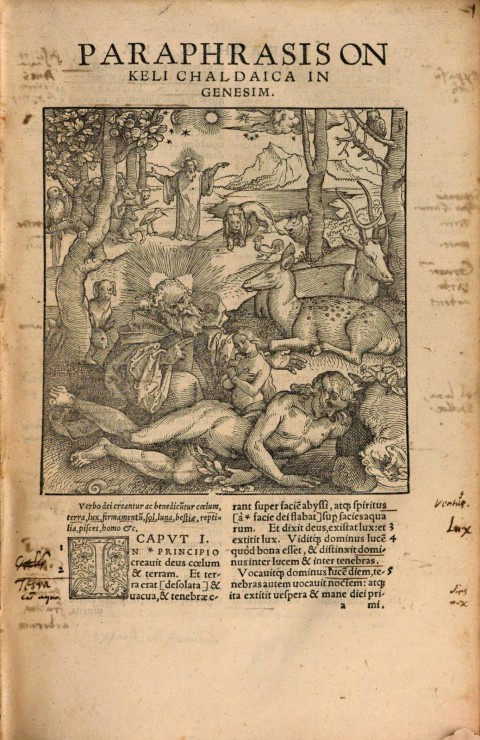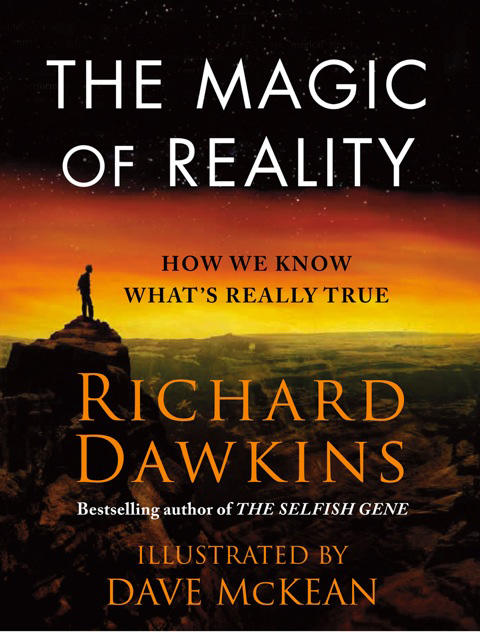
To date, Google Books has scanned 50,000 books from the 16th and 17th centuries. And by working with great European libraries (Oxford University Library and the National Libraries of Florence and Rome, to name a few), the Mountain View-based company expects to index hundreds of thousands of pre-1800 titles in the coming years.
Traditionally, most historical texts have been scanned in black & white. But these newfangled scans are being made in color, giving readers anywhere the chance to read older books “as they actually appear” and to appreciate the “great flowering of experimentation in typography that took place in the 16th and 17th centuries.”
Some of the foundational texts now available in color include Nostradamus’ Prognostication nouvelle et prediction portenteuse (1554), Johannes Kepler’s Epitome Astronomiae Copernicanae from 1635, and Galileo’s Systema cosmicum from 1641. All texts can be viewed online, or downloaded as a PDF (although the PDF’s lack color)…
Related Content:
Google “Art Project” Brings Great Paintings & Museums to You
Google to Provide Virtual Tours of 19 World Heritage Sites


